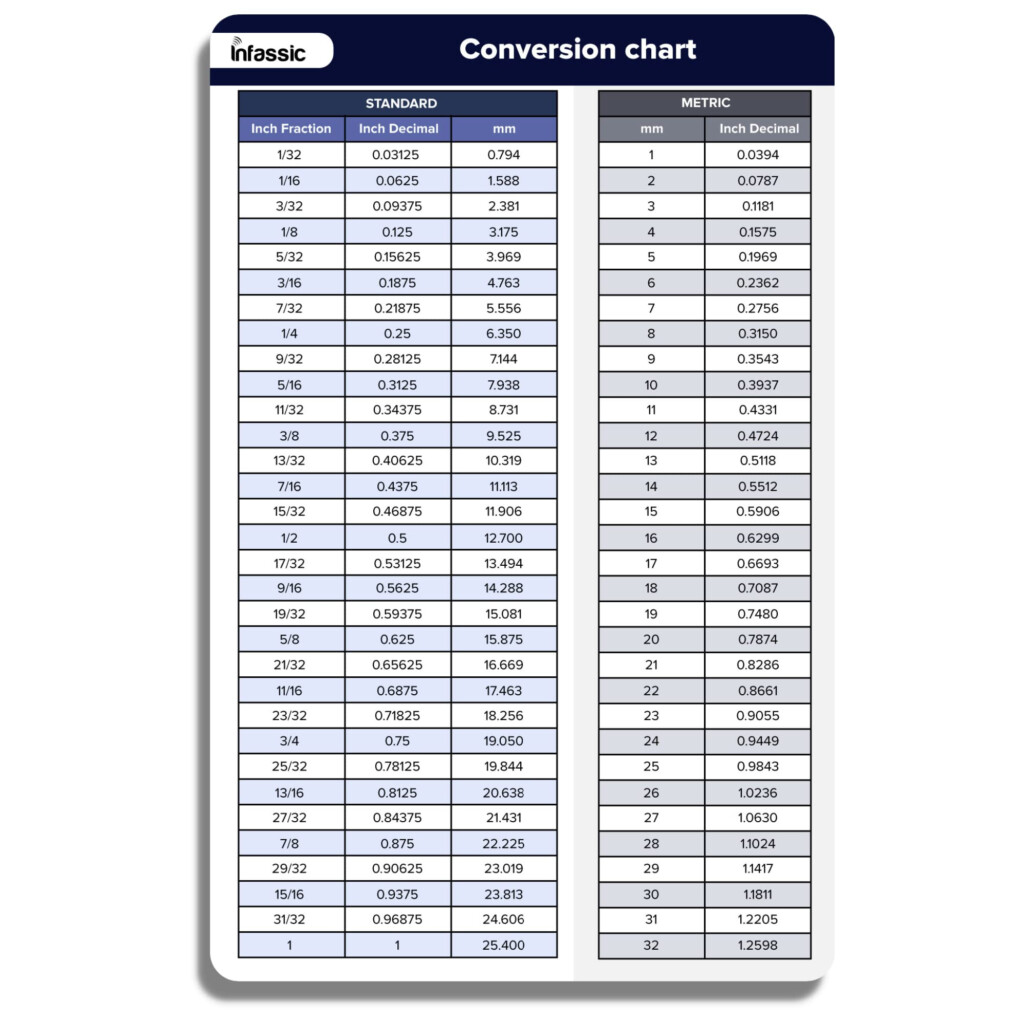Mesh size is a measurement of the number of holes in a linear inch of a screen or sieve used for sifting materials. The higher the mesh size, the smaller the particles that can pass through the screen. Mesh size is commonly used in industries such as agriculture, mining, and pharmaceuticals to classify and separate materials based on particle size.
Converting millimeters (mm) to mesh size can be a bit tricky as the relationship between the two units is not linear. However, there are conversion charts available that can help simplify this process. These charts provide a reference point for converting between different units of measurement, making it easier to determine the mesh size based on the particle size in millimeters.
Mm To Mesh Conversion Chart
How to Use a Conversion Chart
To use a conversion chart for MM to mesh size, simply locate the millimeter measurement on the chart and find the corresponding mesh size. For example, a particle size of 2.5mm would correspond to a mesh size of 10. Using a conversion chart can save time and effort when trying to determine the appropriate mesh size for a specific application.
